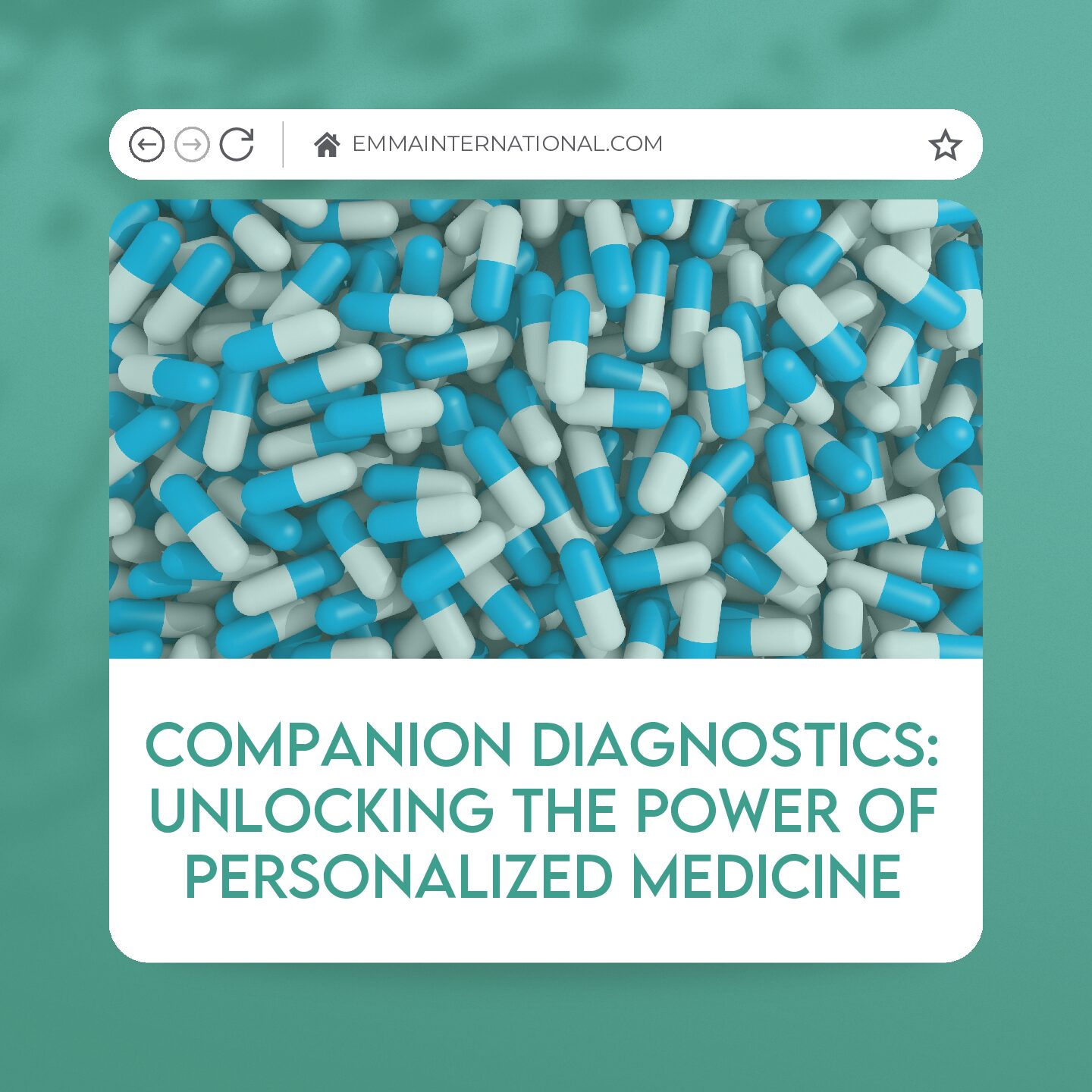Part of the design process is the development of what is known as Design Outputs. According to the FDA “Design Outputs are the work products or deliverables of a stage.”[1] These outputs are directly related to the design inputs, and, in fact, each output must correspond to an input and must undergo verification that it meets the input. That being said, an output may correspond to more than one input so long as it fulfills the needs of the multiple inputs. An easy way to establish which output goes with a particular input is through the use of a design traceability matrix.
Design outputs are created from the inputs and then lead to verification and validation of the design. Verification activities confirm that the design output meets the needs of the device established in the device inputs. Validation, on the other hand, confirms that the outputs meet the user needs of the device1, which can also be recorded in the trace matrix. Verification and validation can be done in multiple ways but usually involve testing, inspections, clinical evaluations, and more.1
Outputs are not necessarily set in stone either. Depending on the verification and validation activities it may be discovered that there is a need to change the design outputs. It may be discovered that the output is not meeting the input in an expected manner and requires slight changes. Or it may be discovered that the output is entirely inappropriate for the input and needs to be completely thrown out and a new output created instead. Regardless, outputs are alterable up to certain points in the design process. Verification and validation activities allow for the need for change to be discovered before it is too late to change the output.
The designing of a new product is tough and made even more difficult when trying to understand all the paperwork and documents the FDA requires for the design phase of said product. Design outputs will be a part of that documentation and record in a medical devices Design History File (DHF) and as a base to create the Device Master Record (DMR) for a device. Understanding the design process is tricky, thankfully EMMA International’s team of experts is available to help. Whether it is from the very start of the design process or jumping in towards the end to provide assistance, EMMA International can do it all. EMMA International provides Full Circle Consulting services, give us a call at 248-987-4497 or email us at info@emmainternational.com to get in touch with our team of experts today.
[1] FDA (September 2014) Design Controls, Retrieved 02/13/2022 from https://www.fda.gov/inspections-compliance-enforcement-and-criminal-investigations/inspection-guides/design-controls






